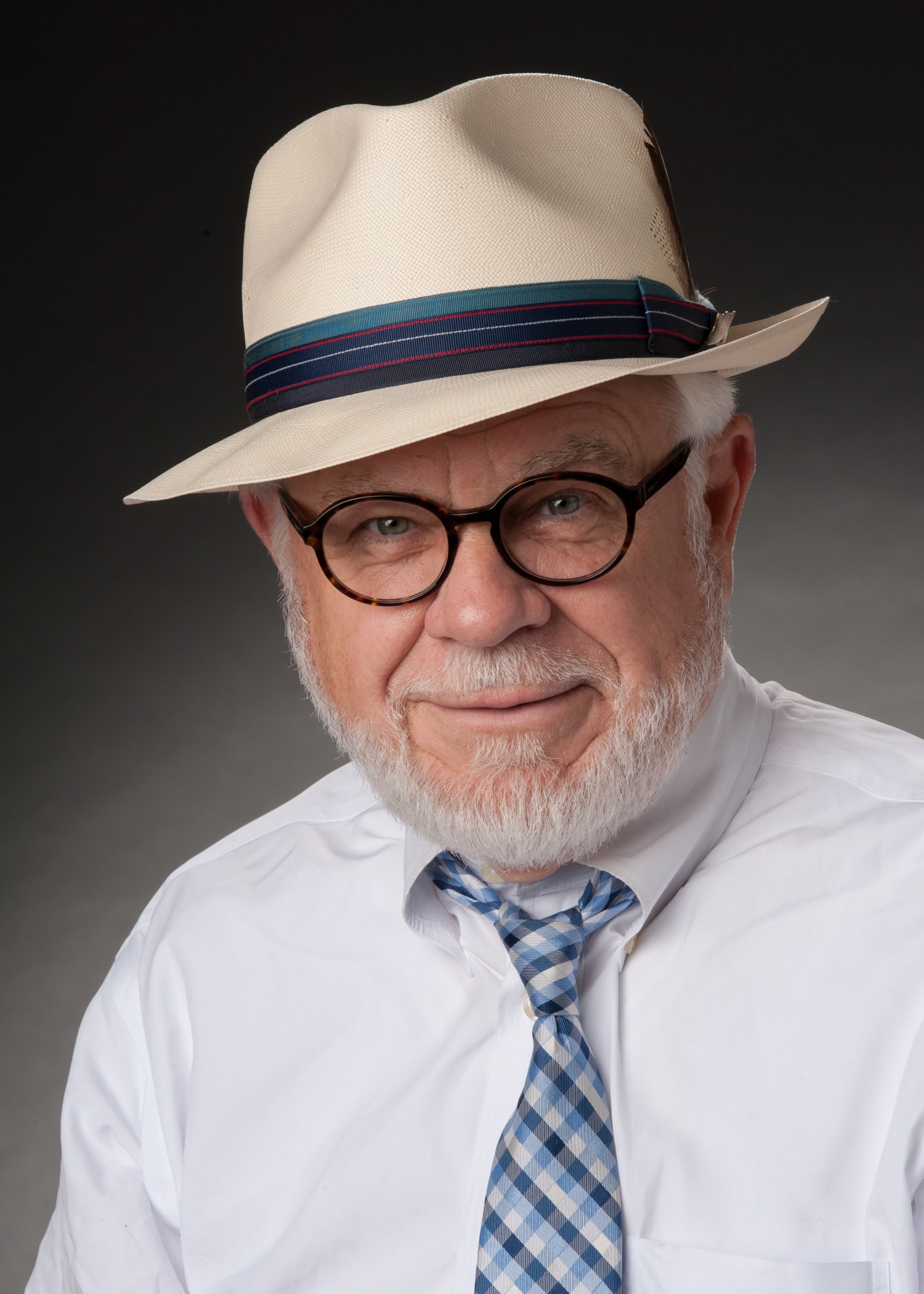1. How will the $500 thousand be split between the two proposed centers?
The Parish funds will be split evenly between the two centers, $250,000 for each.
2. If the needed funding is not obtained from other sources to open one or both of these centers, will the funds be returned to the Parish?
Yes. If the remainder of funding for either of the centers is not obtained, the parish’s portion of the funding will be returned in its entirety to Caddo Parish.
3. Which facility is to be constructed and opened first?
Construction currently is planned to start with the Morning Star Baptist Church location and then proceed with the Highland Center, but the two projects will be on similar construction schedules and likely will be completed within a few months of each other.
4. What will be the qualifications for citizens to utilize the centers?
There will be no restrictions or qualifications for residents to use the Community Lighthouses during an outage. They will be open to the public.
5. Are the centers to be open to the public at all times or just during a "disaster" and how is that term defined?
The centers will open during a long-duration power outage, meaning an outage lasting longer than 24 hours. The only exception is if parish disaster officials say it’s unsafe to do so.
6. What priorities will be given to persons wanting to utilize the centers?
Community Lighthouses typically serve all comers as they come and as supply of aid permits. If a situation in which prioritization of service is called for, the centers will follow the recommendation of parish disaster officials on how to prioritize assistance.
7. What will be the staffing of the centers, hours of operation, and who will pay for staffing and other services provided by the centers including maintenance of the centers and the microgrid system, etc.?
The centers will be staffed by a volunteer team organized by the host site. The ongoing maintenance of the solar and battery systems, including both preventative and corrective maintenance, is paid for through a long-term contract by the host site with the Community Lighthouse umbrella organization. Each site’s detailed service plan, including typical hours of operation, will be developed during the planning phase of the pilot project.
8. What will be the electrical storage capacity of each microgrid system and assuming an extended cloudy no sunshine period of time, will it be sufficient to handle an event like snowmageddon?
Morning Star Baptist Church will have battery storage capacity of 125 kW/225 kWh and estimated PV production of 162,197 kWh of electricity per year. The Highland Center will have battery storage capacity of 125 kW/225 kWh and estimated PV production of 149,904 kWh of electricity per year.
Each site also will have a real-time load-management system, which will shift to emergency circuits when there is an outage. If the battery system's state of charge falls below set thresholds and there is insufficient solar energy available at that time, a predetermined set of electrical loads will turn off automatically to maintain power supply to the most critical loads until there is enough available solar generation to recharge the batteries.
With these three pieces of technology – solar, battery and real-time load management, the centers will be able to operate during a long-duration outage, not just for a few hours or days. As long as loads are managed properly, they can operate indefinitely without the grid.
The systems at the first two pilot sites have been designed to be able to operate through an event like snowmaggedon. It will take many more sites to have sufficient service capacity to meet the need of that kind of event.
9. Will the microgrid system electricity be utilized only by the center, and if so, only during a disaster or otherwise?
The solar and battery storage system will operate every day of the year, regardless of whether there is an active disaster. When the grid is working normally, the microgrid is delivering clean energy to the power grid and helping to power the host site. When the grid fails, the microgrid will automatically disconnect from the grid and operate as standalone power supply only for the host site.
10. Will there be a supervisory committee for each center, and will the Commission have representation on the same?
The rapid response team at each center will work closely with parish GOHSEP officials on integrating the resilience hubs into the parish’s broader disaster response plans. The project will adhere to all the reporting and accountability standards for appropriations of public funds.
11. Who will be the owner of the solar microgrids, electric storage batteries and other equipment part of the solar microgrid system?
PV and Battery systems will be owned by Community Lighthouse, a Louisiana-based non-profit organization being developed specifically for this strategy. Host sites will have a service contract with Community Lighthouse, which will provide monitoring, maintenance, insurance and training for each location.
